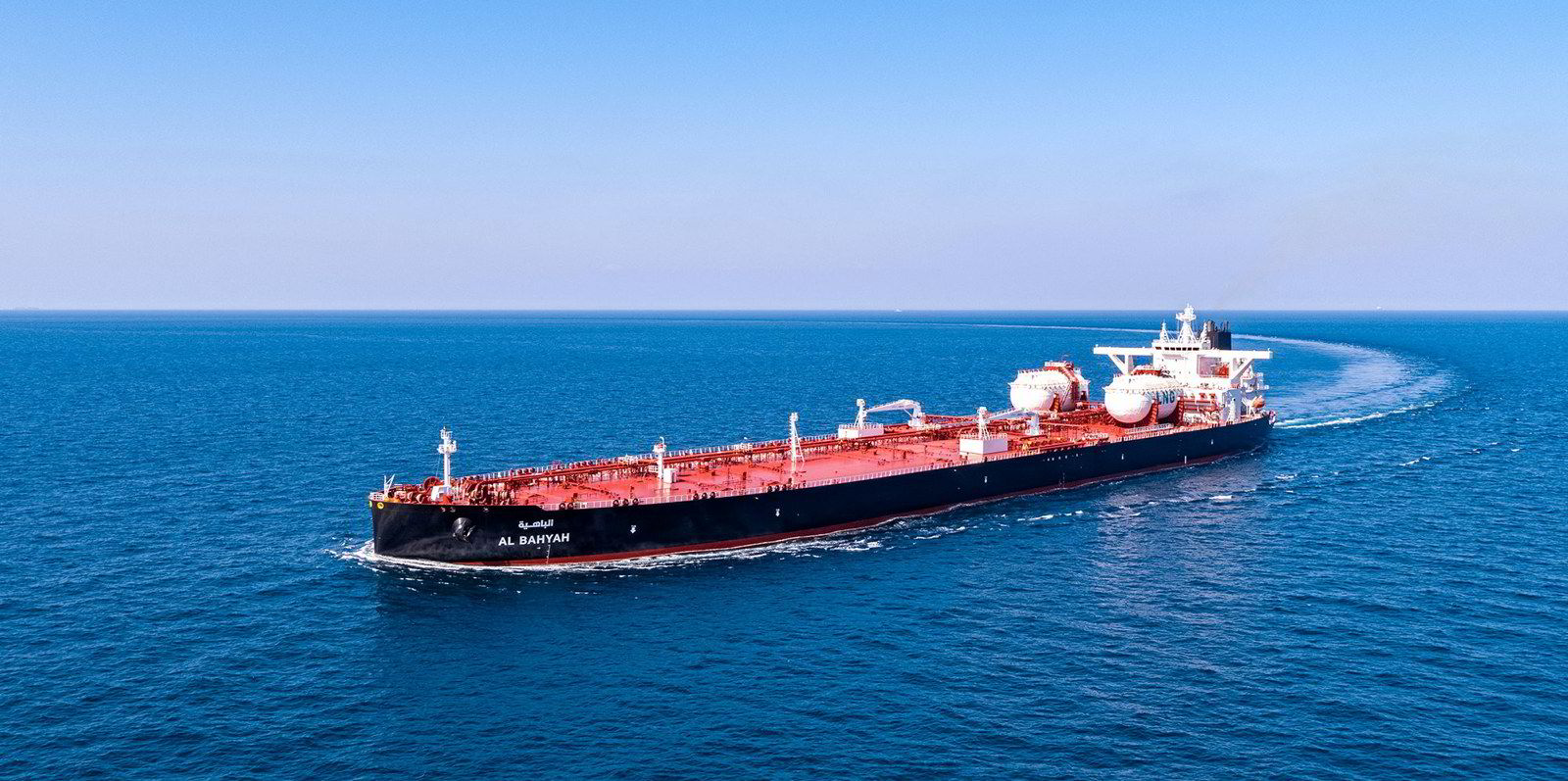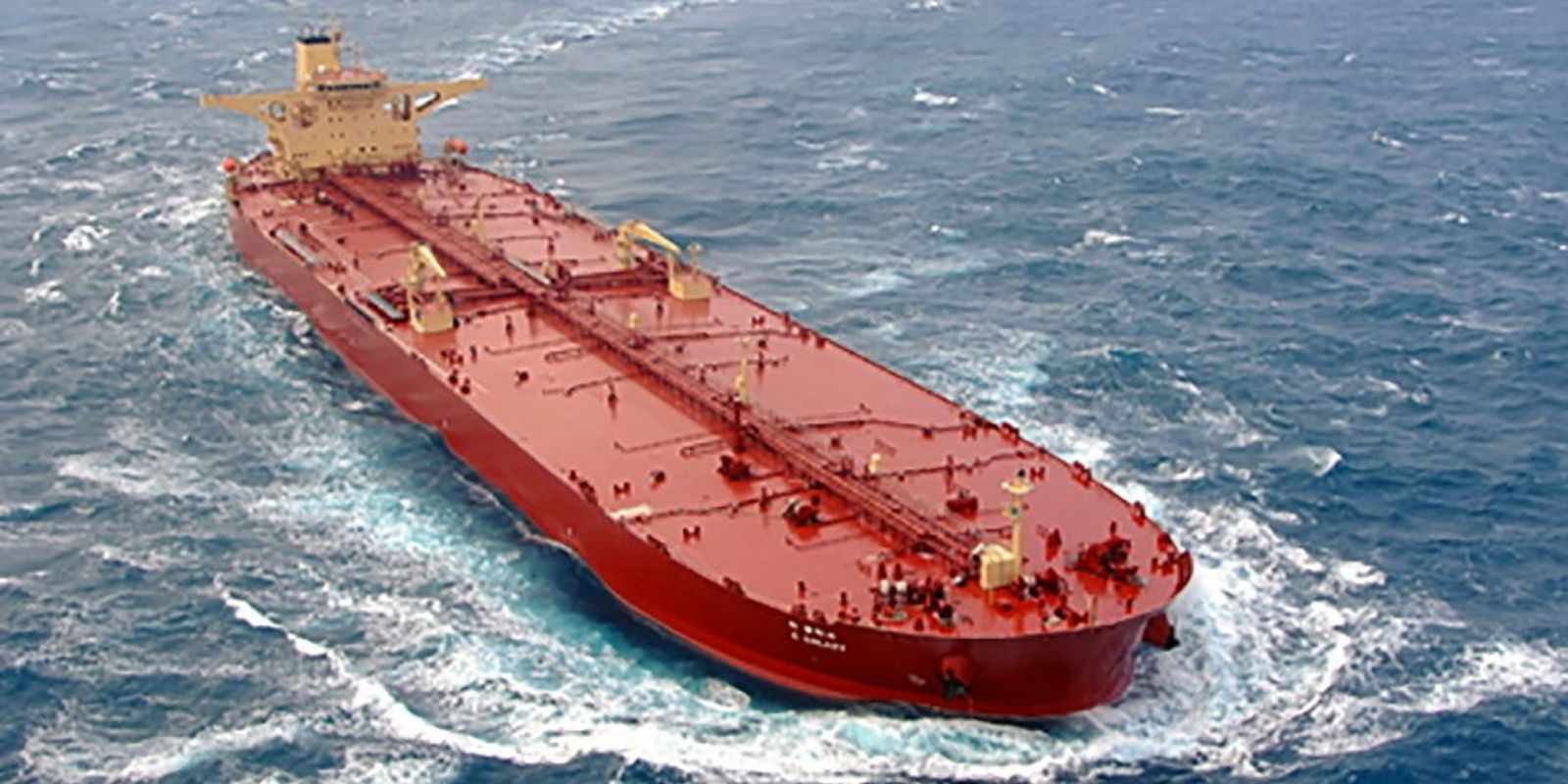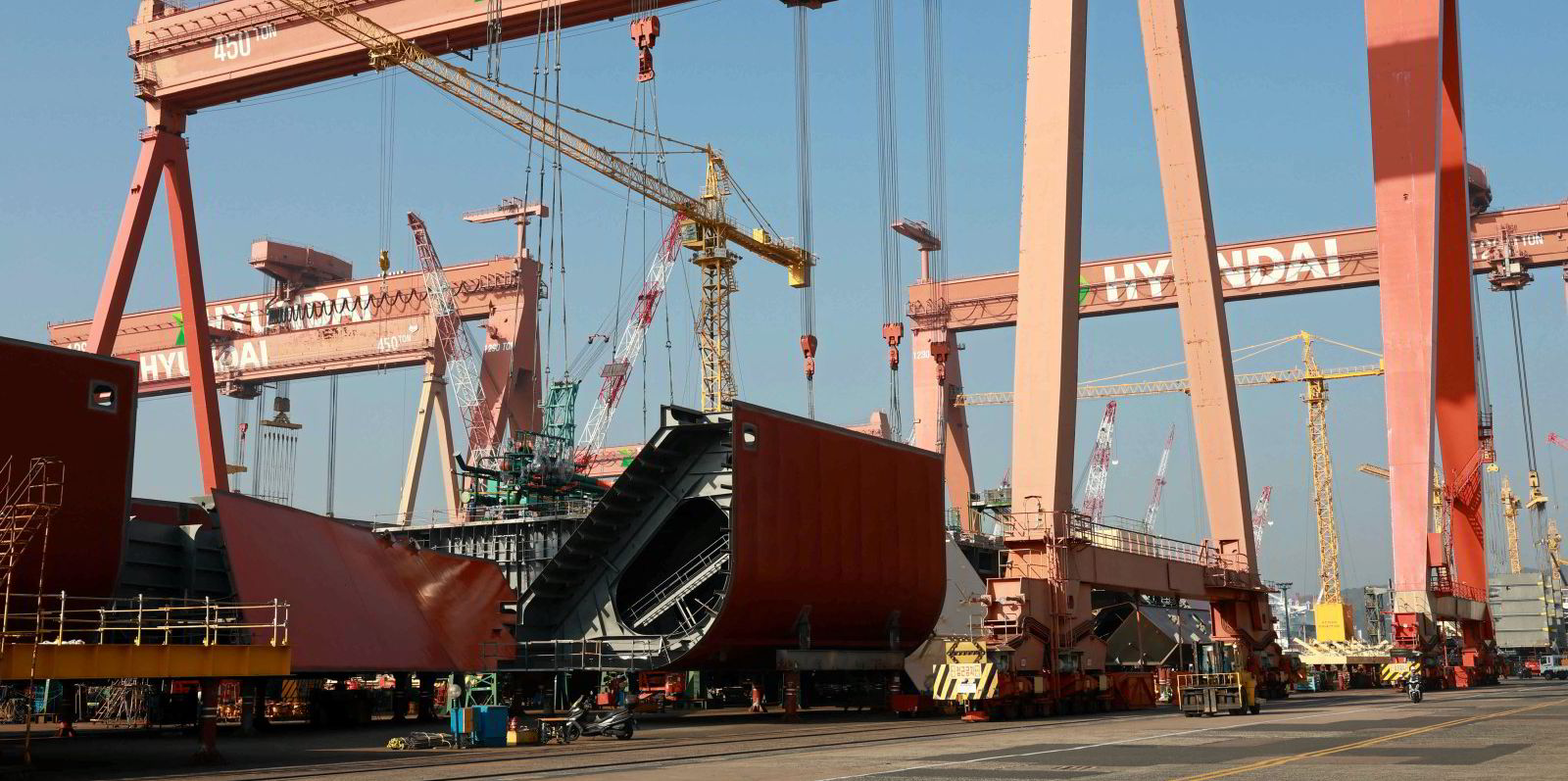Tankers owners keen to add modern ships to their fleet have pushed secondhand prices to their highest level in 16 years.
UK shipbroker Clarksons said values remained “very firm”, with its secondhand index up 16% since the start of 2023 to a mark last seen in 2008.
VLCC prices have seen “a notable uptick this year”, the broker added, as the guideline price for a five-year-old 310,000-dwt VLCC hit $113m, up 8% since 1 January this year.
Compatriot broker SSY said: “Although we now believe the sanctioned crude market to be saturated in terms of vessel supply, secondhand asset prices have continued to rise.”
The London shop noted that the appetite for modern tonnage remains high, but a lack of suitable candidates has resulted in asset values rising further.
Brokers have noticed younger vessels attracting a lot of interest and being quickly taken off the market.
As of the end of February, SSY valued a five-year-old VLCC at $110m, up 12% year-on-year.
Meanwhile, a 15-year-old VLCC was valued at $57m.
This is 5% lower year-on-year, but prices have risen 6% since the start of 2024.
The last modern VLCC to change hands was TRF’s 300,000-dwt Eco Seas (built 2016), bought by Advantage Tankers for $98.5m.
This was just over the $97m price that South Korea’s Daewoo Shipbuilding & Marine Engineering charged to build it.
But Delta Lines’ 299,900-dwt scrubber-fitted Achelous (built 2005) went for $30m to unknown interests, having last changed hands in 2022 at $35.5m, showing how older vessels are dropping in price.
Immediate need for ships
SSY estimates roughly 17% of VLCCs, suezmaxes and aframaxes are operating in the shadow fleet, carrying Russian, Iranian or Venezuelan oil.
They are “therefore unable to be sold for trade in the wider fleet”, which is contributing to a tighter tonnage balance, the broker believes.
Getting hold of a ship now, rather than ordering a newbuilding due in two years, is a big factor in the sale-and-purchase market.
The broker’s latest estimate for a five-year-old aframax is $72m, $500,000 above the current newbuilding price and up $10.5m year-on-year.
This is the first time such a tanker has topped the newbuilding cost since 2008.
Vessels are also worth much more trading than as scrap steel.
“Instead of sending vessels to the breakers, owners have opted to sell ships on the secondhand market,” SSY said.
But the broker added: “We understand several larger older units have struggled to find new ownership given historical trading patterns.”
If this trend continues, there could be an uptick of older tonnage heading towards demolition yards towards the end of the year, the company said.
But the almost-$35m gap between the 15-year-old secondhand price and the scrap value would have to drop for this to happen, the broker concluded.







